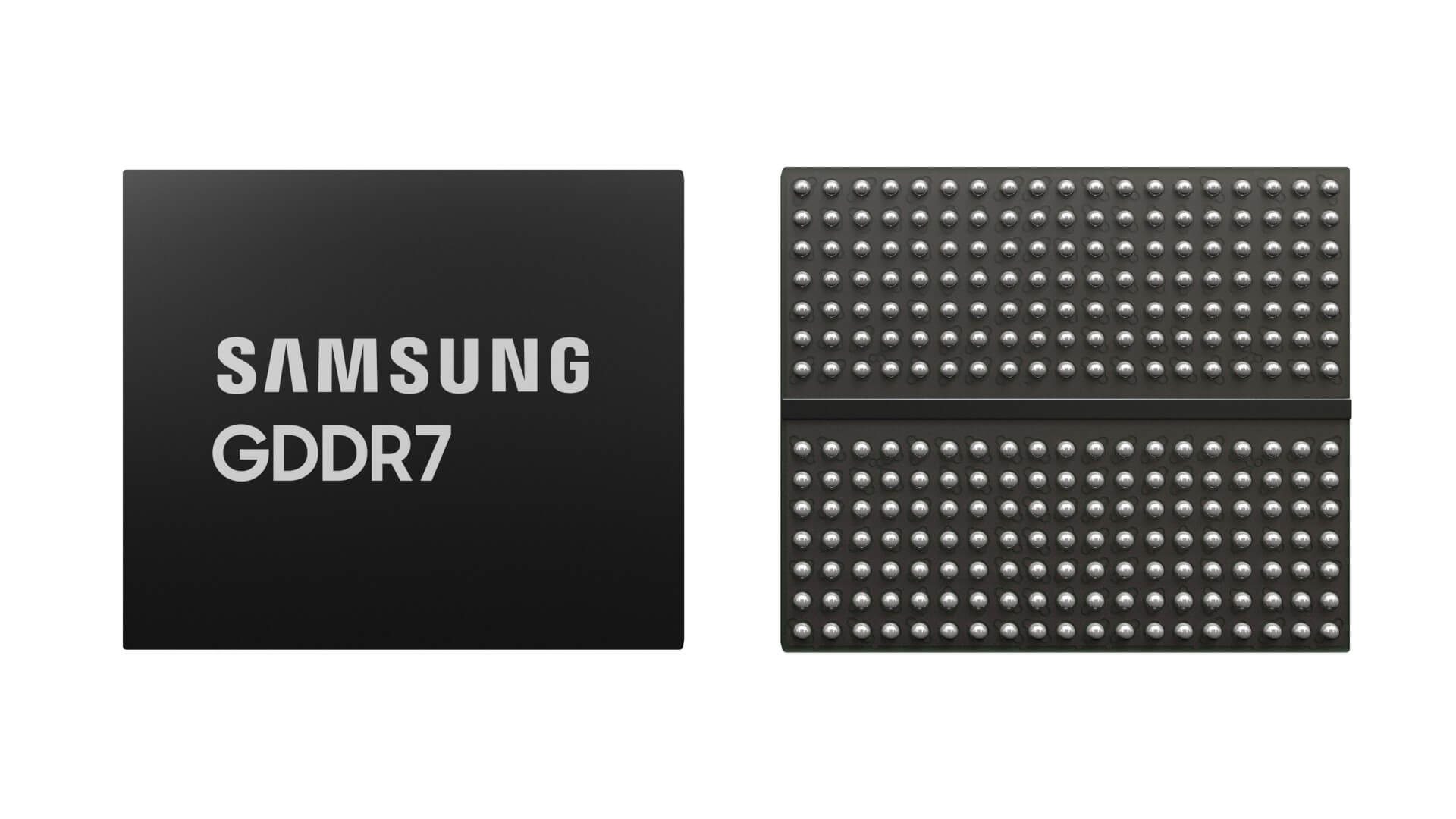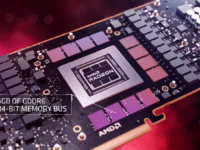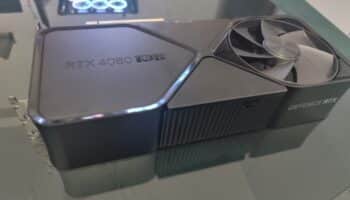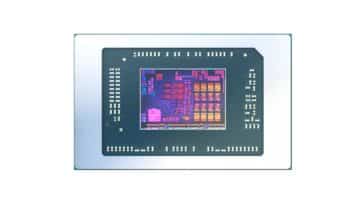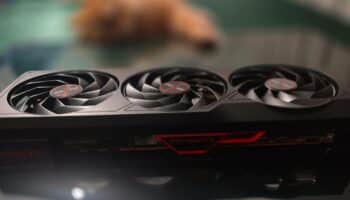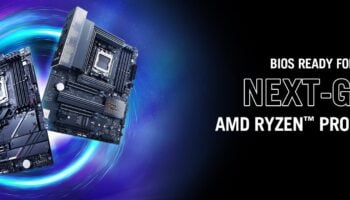The specifications of GDDR7 memory have been finalized. JEDEC published the official figures this week, setting the standard for next-gen graphics memory. GDDR7 leverages PAM3 encoding, an upgrade over the NRZ (PAM2) signalizing used by GDDR6 memory. NRZ has two data states (0 and 1), allowing it to transfer 1-bit per cycle. PAM3 has three data states (1, 0, and -1), allowing it to transfer 1.5 bits of data per cycle.
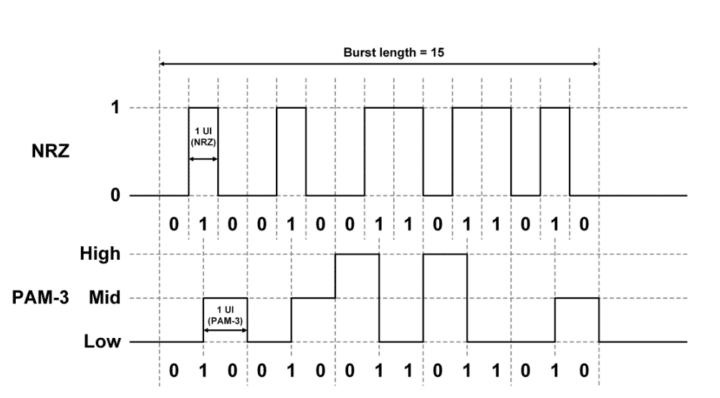
GDDR7: More Bits and More Memory Channels
Consequently, PAM3 signaling offers 50% more bandwidth than NRZ, granting GDDR7 memory a hefty performance upgrade. Its primary advantage over PAM4 is a lower Signal-to-noise Ratio (SNR), leading to a better Bit Error Rate (BER). A lower power output is also an added benefit. GDDR7 continues the sub-division of memory channels, doubling them from 2 to 4.
GDDR6 memory features two 16-bit channels, each with a 16n prefetch (16 x 16b= 256b). GDDR7 upgrades that to four 8-bit channels, each with a 32n prefetch. Therefore, it maintains the per channel 256b prefetch while adding twice as many individual lanes.
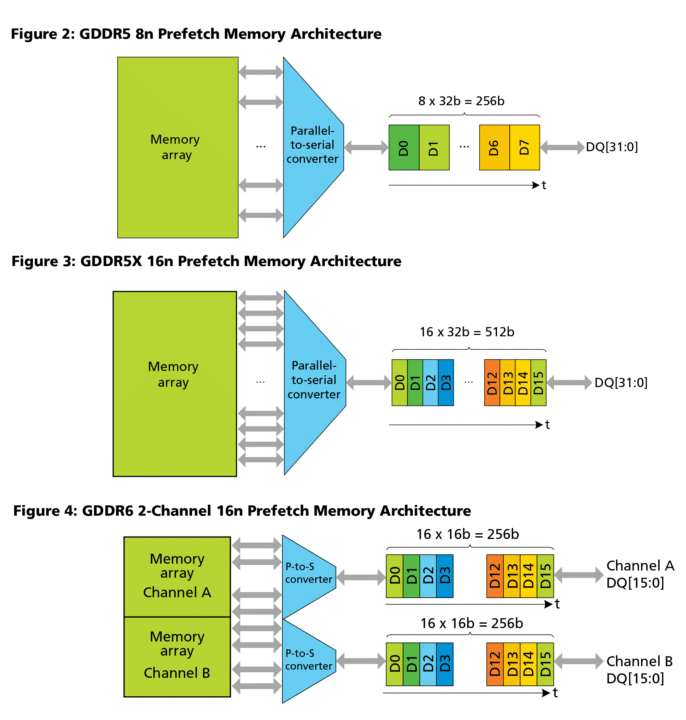
The GDDR7 memory chips paired with the GeForce RTX 5090 (and perhaps the Radeon RX 8800 XT) will offer a bandwidth of 32Gbps per pin, with transfer rates as high as 48Gb planned for subsequent generations.
GDDR7: Twice as Much Memory Per Chip
On the density front, GDDR7 increases the chip capacity to 64Gbit, up from 32Gbit on GDDR6. This allows a GPU with a 384-bit memory bus to sport up to 192GB of graphics memory. Unfortunately, the first wave of GDDR7 offerings will likely be limited to under 32Gbit as no vendor has announced a product denser than 24Gbit.
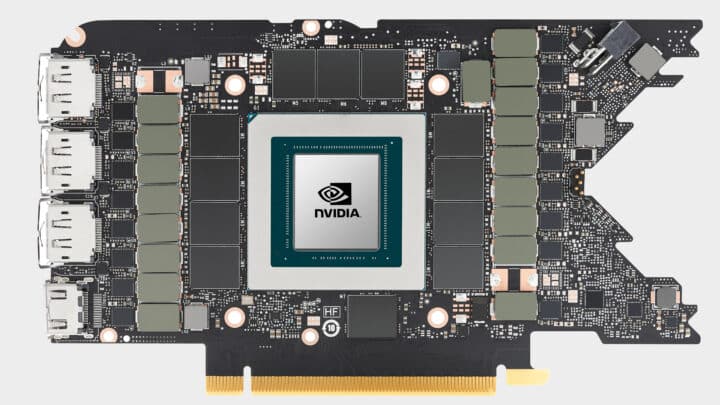
GDDR7 will be the first graphics memory standard to feature on-die ECC. Much like DDR5, this error correction will be limited to data in the memory cells. Its primary goal will be to ensure data integrity within a cell or row during refreshes. Like standard ECC, data corruption while transferring to another device won’t be detected.
The GeForce RTX 5090, slated to launch later this year, is expected to leverage GDDR7 memory. AMD has (allegedly) shelved its enthusiast-grade RDNA 4 SKUs, and whether the Radeon RX 8800 XT will use it is unknown.
